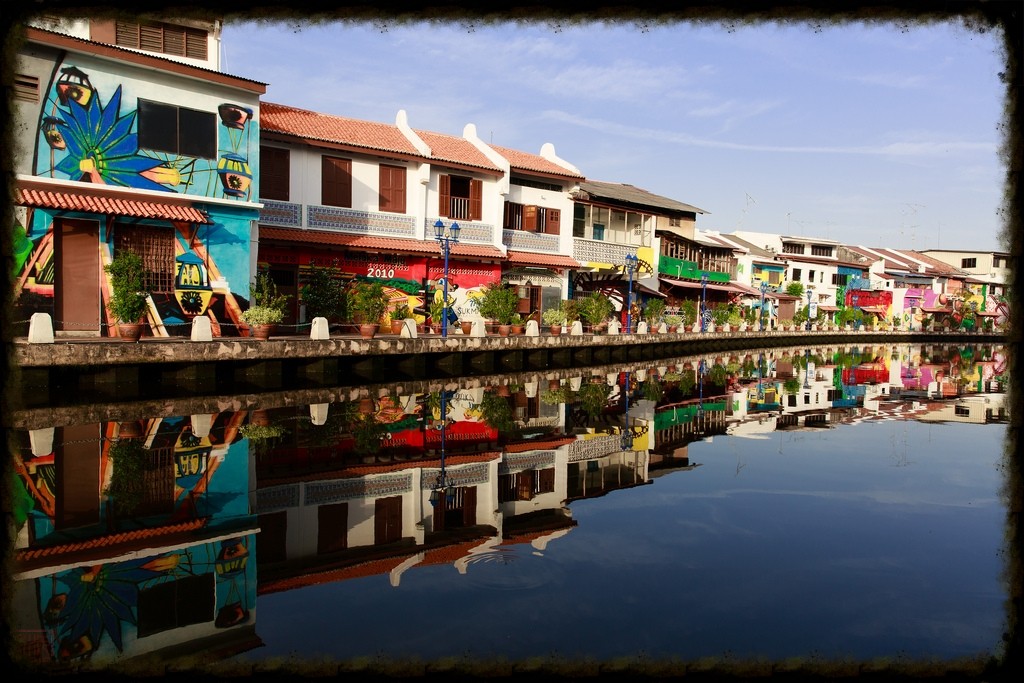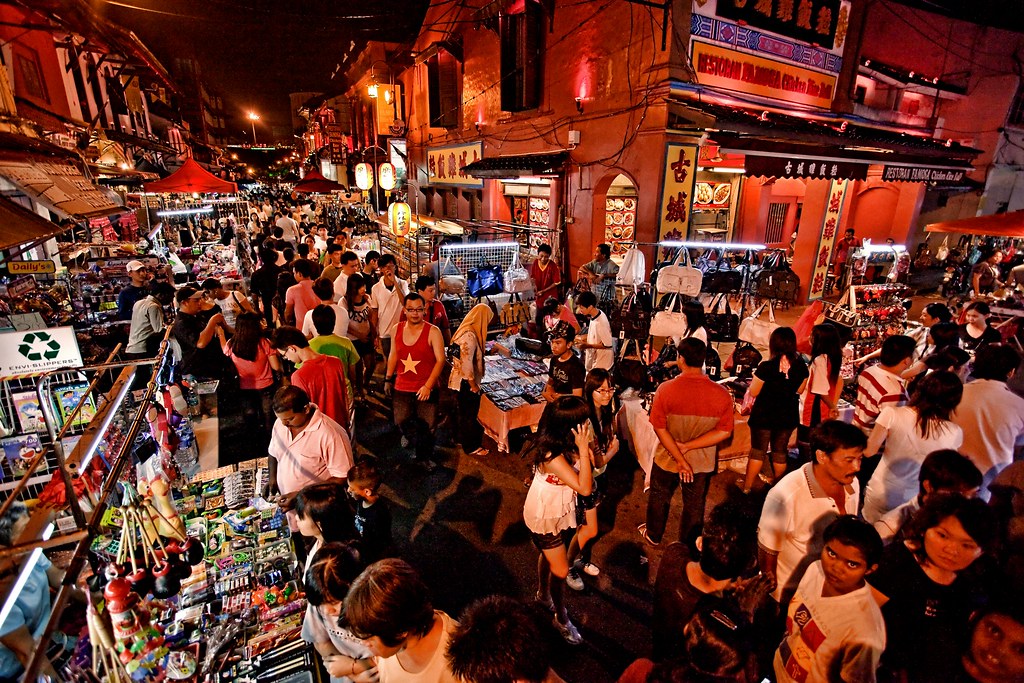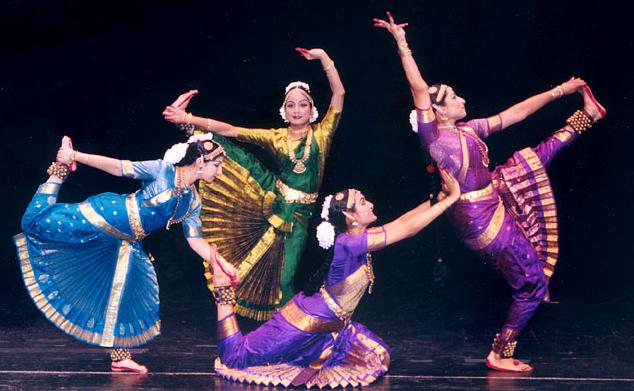Cultural Blog
Tuesday, August 9, 2016
Malaysian Airlines
ONE OF THE ONLY 5 STAR AIRLINES IN THE WORLD...
There is just a handful of 5 star rated airlines in the world and Malaysia Airlines is one of them. The national carrier impresses through exceptional on-board service and this was also confirmed by winning the Skytrax service award.
Based at Kuala Lumpur International Airport, the airline serves numerous destinations around the world including flights to Europe, America, Australia and Africa. It recently became one of the few carriers to operate the Airbus A380 Airbus
My Hometown
A place with UNESCO world heritage!


IN A BEAUTIFUL PLACE CALLED MALACCA...
Malacca is a little pearl located just before the Strait of Malacca. It has been under occupation ever since 1509, first by Portuguese settlers and then later by Dutch, French and British. Every occupant ended up contributing a little bit into what Malacca is known for today - a colorful and vibrant place, full of cultural heritage that has even been recognized by UNESCO in 2003.
Its colonial architecture is what put the label on this former fishing village. The Dutch Square or the Christ Church are the centers of attention of many visiting tourists from all over the world. Don't miss out on a walk along the Malacca River just as soon as the sun begins to set!
Its colonial architecture is what put the label on this former fishing village. The Dutch Square or the Christ Church are the centers of attention of many visiting tourists from all over the world. Don't miss out on a walk along the Malacca River just as soon as the sun begins to set!
Cultural Landmarks
Places you can visit when in Malaysia
Batu Caves
Batu Caves

China Malaysia Friendship Garden
Places to Visit in Melacca. Surely enjoyable, do visit when you're visiting.
Stadthuys
Jonker Street

Beautiful Beaches to visit, tropical islands and beautiful weather !
Langkawi Island
Langkawi Island
Educational and historic for tourist !
State Museum Complex
State Museum Complex
Traditional Attire
Traditional Attire
You can even try out our different traditional costumes and have your picture taken as a souvenir !
A Dazzling Tapestry of Asian Traditions
From magnificent tribal head-feathers with bark body-covers to antique gold-woven royal songket fabric, the array of Malaysia's traditional costumes and textiles are stunningly diverse and colourful.
In the early days, the aboriginal tribes wore native bark costumes and beads. With the advent of the ancient kingdoms, hand-loomed fine textiles and intricate Malay batik were used by the Malay royalty. As foreign trade flourished, costumes and textiles such as Chinese silk, the Indian pulicat or plaid sarong and the Arabian jubbah a robe with wide sleeves were introduced to the country.
Today, traditional attire such as the Malay baju kebaya, Indian saree and Chinese cheongsam are still widely worn.
Ranging from the 3 Major Races to other Tribal Attires in East Malaysia !
Malay
 Before the 20th century, Malay women still wore kemban, just sarongs tied above the chest, in public. As Islam became more widely embraced, they started wearing the more modest yet elegant baju kurung. The baju kurung is a knee-length loose-fitting blouse that is usually worn over a long skirt with pleats at the side. It can also be matched with traditional fabrics such as songket or batik. Typically, these traditional outfits are completed with a selendang or shawl or tudung or headscarf.
Before the 20th century, Malay women still wore kemban, just sarongs tied above the chest, in public. As Islam became more widely embraced, they started wearing the more modest yet elegant baju kurung. The baju kurung is a knee-length loose-fitting blouse that is usually worn over a long skirt with pleats at the side. It can also be matched with traditional fabrics such as songket or batik. Typically, these traditional outfits are completed with a selendang or shawl or tudung or headscarf.
The traditional attire for Malay men is the baju melayu. The baju melayu is a loose tunic worn over trousers. It is usually complemented with a sampin - a short sarong wrapped around the hips.
Admiring all the different clothing of each particular culture in Malaysia !
Chinese
Comfortable and elegant, the traditional cheongsam or 'long dress' is also a popular contemporary fashion choice for ladies. Usually, it has a high collar, buttons or frog closures near the shoulder, a snug fit at the waist and slits on either one or both sides. It is often made of shimmering silk, embroidered satin or other sensual fabrics.
Hopefully it would be fun and intruiging !
Indian
The saree is the world-renowned traditional Indian garment. A length of cloth usually 5-6 yards in width, the saree is worn with a petticoat of similar shade and a matching or contrasting choli or blouse. Typically, it is wrapped around the body such that the pallau - its extensively embroidered or printed end - is draped over the left shoulder. The petticoat is worn just above or below the bellybutton and functions as a support garment to hold the saree. Made from a myriad of materials, textures and designs, the saree is truly exquisite.
Popular with northern Indian ladies is the salwar kameez or Punjabi suit; a long tunic worn over trousers with a matching shawl.
The kurta is the traditional attire for men on formal occasions. It is a long knee-length shirt that is typically made from cotton or linen cloth.
Cultural Dances
Chinese Lion Dance

Usually performed during the Chinese New Year festival, Lion Dance is energetic and entertaining. According to the legend, in ancient times, the lion was the only animal that could ward off a mythological creature known as Nian that terrorized China and devoured people on the eve of the New Year. Usually requiring perfect co-ordination, elegance and nerves of steel, the dance is almost always performed to the beat of the tagu, the Chinese drum, and the clanging of cymbals.
Dragon Dance
The dragon is a mythical creature that represents supernatural power, goodness, fertility, vigilance and dignity in Chinese culture. Typically performed to usher in the Chinese New Year, the Dragon Dance is said to bring good luck and prosperity for the year to come. Usually requiring a team of over 60 people, this fantastic performance is a dazzling display of perfect co-ordination, skill and grace.
Joget
Malaysia's most popular traditional dance, is a lively dance with an upbeat tempo. Performed by couples who combine fast, graceful movements with playful humour, the Joget has its origins in Portuguese folk dance, which was introduced to Melaka during the era of the spice trade.
Kuda Kepang
Kuda Kepang is a traditional dance brought to the state of Johor by Javanese immigrants. Dramatizing the tales of victorious Islamic holy wars, dancers sit astride mock horses moving to the hypnotic beats of a percussion ensemble usually consisting of drums, gongs and angklungs.
Sumazau
Sumazau is a traditional dance of Sabah Kadazan people. Usually performed at religious ceremonies and social events, it is traditionally used to honour spirits for bountiful paddy harvests, ward off evil spirits and cure illnesses. Male and female dancers perform this steady hypnotic dance with soft and slow movements imitating birds in flight.
Indian Bharata Natyam
This classical Indian dance is poetry in motion. Based on ancient Indian epics, this highly intense and dramatic dance form uses over 100 dance steps and gestures. As mastery requires many years of practice, some children begin learning the dance form at the age of five.
Monday, August 8, 2016
Artform
Wayang Kulit
Wayang kulit is a traditional theater form that brings together the playfulness of a puppet show, and the elusive quality and charming simplicity of a shadow play. The flat two-dimensional puppets are intricately carved, then painted by hand. It is either made of cow or buffalo hide. Each puppet, a stylised exaggeration of the human shape, is given a distinctive appearance and not unlike its string puppet cousins, has jointed "arms". Conducted by a singular master storyteller called Tok Dalang, wayang kulit usually dramatizes ancient Indian epics.
Silat
This fascinating Malay martial arts is also an international sport and traditional dance form. Existing in the Malay Archipelago for centuries, it has mesmerizing fluid movements that are used to dazzle opponents. It is believed that practicing silat will increase one's spiritual strength in accordance with Islamic tenets. Accompanied by drums and gongs, this ancient art is popularly performed at Malay weddings and cultural festivals.
Wau
A wau is a traditional kite that is especially popular in the state of Kelantan, on the East Coast of Malaysia. Traditionally flown after the rice harvest season, these giant kites are often as big as a man - measuring about 3.5 metres from head to tail. It is called wau because its shape is similar to the Arabic letter that is pronounced as 'wow'. With vibrant colours and patterns based on local flora and fauna, these kites are truly splendid sights.
Subscribe to:
Comments (Atom)




